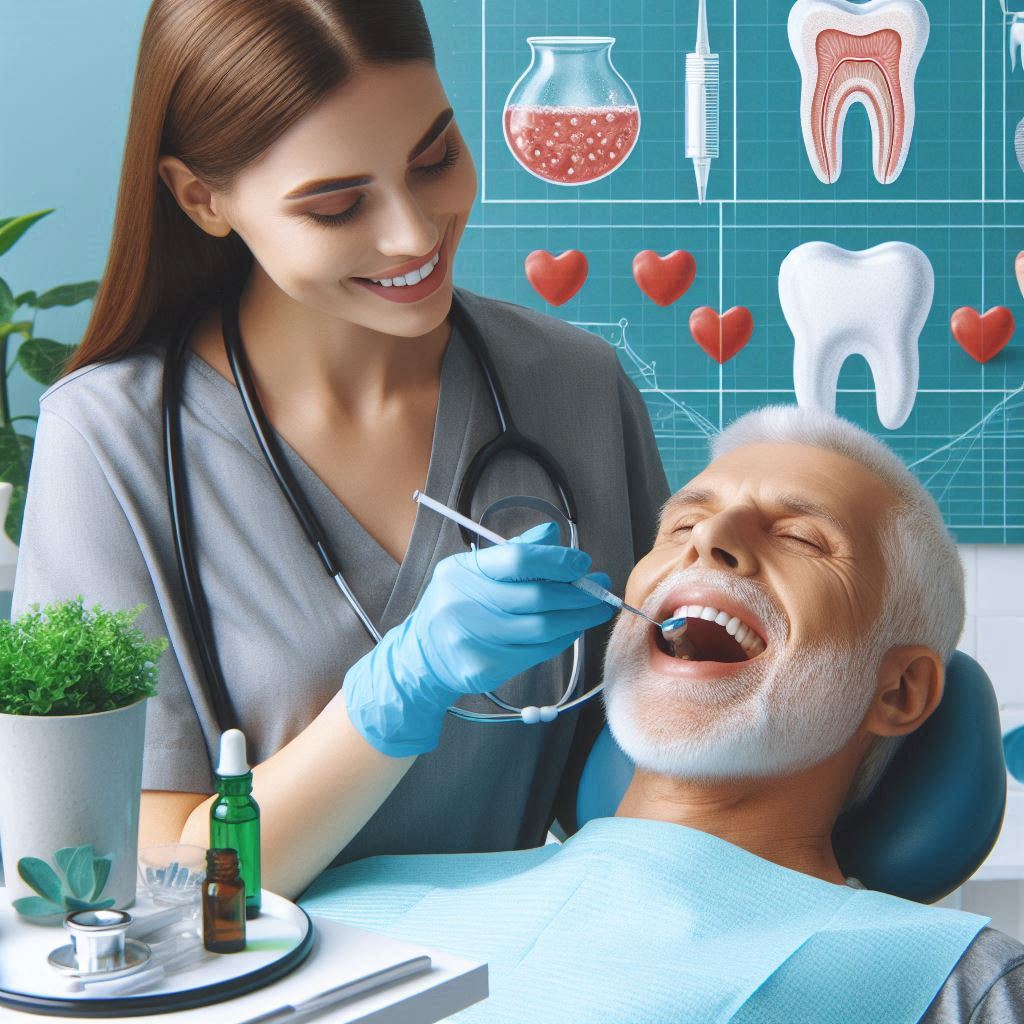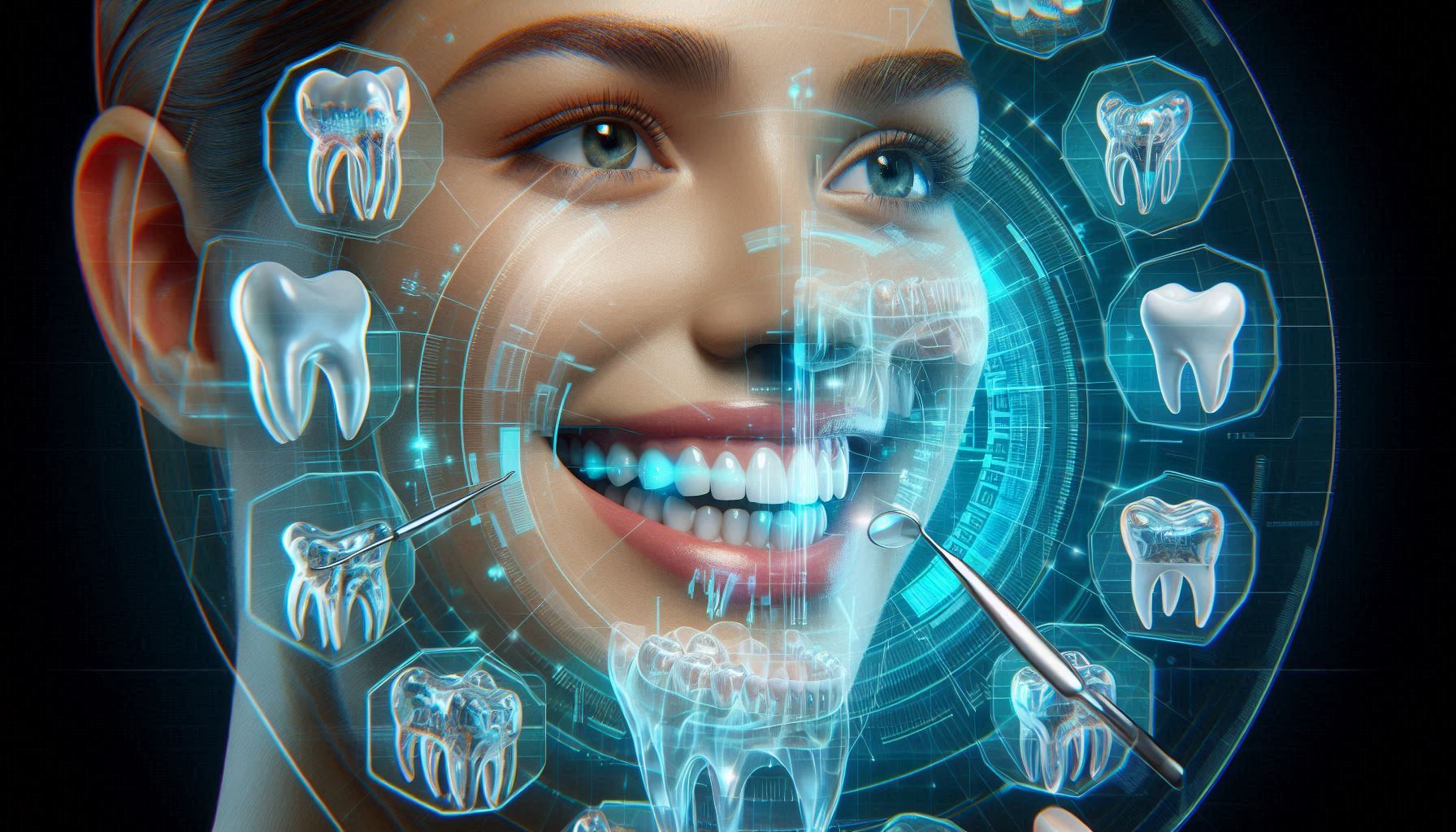Orthodontics has traditionally been associated with metal braces: brackets, wires, and elastics that gradually move teeth into their correct positions. While highly effective, traditional braces are often seen as cumbersome and visually conspicuous, particularly for older teens and adults. The discomfort and aesthetic concerns led to the development of an alternative: clear aligners.
Clear aligners have revolutionized orthodontic treatment by providing an almost invisible and far more comfortable solution to straighten teeth. Initially used primarily by adults looking for a more discreet option, they have since become a mainstream choice for teens as well, offering an effective, non-invasive treatment that doesn’t interfere with daily life in the same way traditional braces might.
For both adults and teens, clear aligners offer significant advantages over traditional braces. The most notable is their near-invisibility, making them a preferred option for those who are self-conscious about their appearance. Furthermore, clear aligners are removable, offering greater flexibility when it comes to eating, drinking, and maintaining oral hygiene. They also tend to be more comfortable, with no brackets or wires to irritate the inside of the mouth.
In this detailed exploration, we will delve into what clear aligners are, their history, the treatment process, their advantages, and how they are changing the landscape of orthodontics. We will also compare clear aligners with traditional braces, examine myths and misconceptions, and discuss both the potential and limitations of clear aligners. Through this, we will gain a comprehensive understanding of why clear aligners are revolutionizing orthodontic treatment for both adults and teens.
What Are Clear Aligners?
Clear aligners are a modern alternative to traditional metal braces for straightening teeth and correcting bite issues. They are custom-made, transparent plastic trays that fit snugly over your teeth and gradually move them into their desired positions over time. Unlike traditional braces, which are permanently affixed to the teeth with brackets and wires, clear aligners are removable, making them a more convenient option for many people.
The process of creating clear aligners begins with a detailed 3D scan or impression of the patient’s teeth, which is used to generate a highly accurate digital model. This model is then manipulated by orthodontists using advanced computer software to plan the optimal tooth movements. A series of aligners is custom-designed for the patient, each aligner gently pushing the teeth toward their correct alignment. Typically, each set of aligners is worn for about one to two weeks before switching to the next in the series.
History of Clear Aligners
The concept of clear aligners emerged in the late 1990s as an answer to the aesthetic and functional challenges posed by traditional braces. Clear aligner treatment was first popularized by Align Technology, the company behind Invisalign, which was founded in 1997. The original goal was to provide an orthodontic treatment that would be both discreet and effective, with a focus on comfort and removability.
The first generation of Invisalign aligners was primarily aimed at adults looking for a more subtle alternative to metal braces. However, as technology improved and the aligner manufacturing process became more advanced, clear aligners began to be used for a wider variety of dental issues, including more complex misalignments. Today, clear aligners are considered a mainstream option for both teens and adults, with several companies providing alternative aligner systems.
Advantages of Clear Aligners
There are many benefits to choosing clear aligners for orthodontic treatment, particularly for adults and teens who may have concerns about aesthetics, comfort, and convenience. Some of the main advantages include:
Aesthetic Appeal
Clear aligners are nearly invisible, making them ideal for people who are concerned about the appearance of traditional metal braces. The transparency of the aligners allows them to blend seamlessly with the natural color of the teeth, so others are unlikely to notice that you’re undergoing orthodontic treatment.
Comfort and Convenience
Unlike traditional braces, which have metal brackets and wires that can irritate the mouth and cause discomfort, clear aligners are made from smooth plastic, which is gentle on the gums and cheeks. They also don’t require adjustments or tightening, reducing the need for frequent orthodontic visits.
Removability
One of the most attractive features of clear aligners is that they are removable. This means patients can take them out when eating, drinking, brushing, and flossing, making oral hygiene much easier than with traditional braces. It also allows for more freedom in terms of eating and drinking, as there are no food restrictions with aligners.
Customized Treatment
Clear aligners are highly customizable. Using advanced 3D scanning and computer modeling technology, orthodontists can create a personalized treatment plan tailored to the specific needs of each patient. This ensures that the aligners will effectively move the teeth into their ideal positions.
Reduced Treatment Time
For many patients, clear aligners can offer shorter treatment times compared to traditional braces. Because aligners gradually move the teeth in incremental steps, the process may be faster for some types of misalignment. In certain cases, patients may experience faster results, though the exact duration depends on the severity of the dental issue.
The Clear Aligner Treatment Process
The treatment process with clear aligners typically follows these key steps:
- Initial Consultation: The patient meets with an orthodontist to discuss their concerns, goals, and suitability for clear aligner treatment. The orthodontist will assess whether clear aligners are the right solution based on the severity of the misalignment and other factors.
- Impressions and 3D Scanning: If clear aligners are deemed appropriate, the next step involves taking impressions or 3D scans of the patient’s teeth. These scans are used to create an accurate digital model of the teeth, which will be used to plan the aligner treatment.
- Treatment Planning: Using the digital model, the orthodontist develops a treatment plan. This plan specifies how each tooth will move during the course of treatment and helps design the series of aligners that will be used.
- Aligner Creation: After the treatment plan is finalized, a set of custom-made aligners is created using advanced 3D printing technology. These aligners are made from clear, medical-grade plastic that fits snugly over the patient’s teeth.
- Wearing the Aligners: The patient wears each set of aligners for approximately 1–2 weeks, depending on the treatment plan. The aligners gently shift the teeth into their desired position. It’s essential to wear the aligners for at least 20–22 hours per day for optimal results.
- Regular Checkups: Periodic checkups are scheduled to monitor progress and ensure that the teeth are moving as planned. While traditional braces require frequent adjustments, clear aligner patients typically visit their orthodontist only every 6–8 weeks.
- Completion and Retainers: Once treatment is complete, the patient may need to wear a retainer to maintain the new position of the teeth. Retainers help ensure that the teeth don’t shift back to their original position.
Clear Aligners for Adults
Clear aligners have become particularly popular among adults who want to straighten their teeth without the appearance of metal braces. Adults often choose clear aligners because they offer a discreet solution that doesn’t interfere with their professional or social lives.
Adults may be dealing with several different types of dental issues, such as overcrowded teeth, gaps, or bite problems. Clear aligners can be an effective way to address these concerns. Many adults also prefer clear aligners because they allow for easier maintenance of oral hygiene, making it more convenient to continue brushing and flossing regularly.
In addition, clear aligners tend to be more comfortable than traditional braces, which can cause discomfort and require frequent visits for tightening. Adults who have busy schedules appreciate the convenience of aligners, as they can be removed when necessary and don’t require as much maintenance.
Treatment for adults tends to take longer than for teens, as the teeth are no longer growing and may require more gradual movement. However, the clear aligner process is still highly effective for adult patients, and many find the results to be worth the investment in time and effort.
Clear Aligners for Teens
Clear aligners for teens are designed to accommodate the growth and development of young patients’ teeth. While clear aligners can treat a wide range of dental issues, it’s important to note that they may not be suitable for younger teens who are still undergoing significant dental development.
For teens, the main benefits of clear aligners are the aesthetic advantages. Many teenagers are self-conscious about wearing traditional metal braces and may be reluctant to go through treatment because of the visual impact. Clear aligners solve this issue by providing a nearly invisible option that allows teens to straighten their teeth without drawing unwanted attention.
Teens also tend to be more concerned with how their orthodontic treatment will affect their social lives. Clear aligners allow them to continue participating in activities like sports, music (such as playing wind instruments), and public speaking without the discomfort or restrictions that come with metal braces.
However, teen treatment requires strict compliance. Because clear aligners must be worn for at least 20–22 hours per day to work effectively, teens must be committed to wearing them consistently. The involvement of parents or guardians is crucial in ensuring that teens follow the instructions and stay on track with their treatment.
Clear Aligners vs. Traditional Braces
When considering orthodontic treatment, the two most common options are clear aligners and traditional metal braces. Both methods have proven to be effective, but they each have distinct differences in terms of aesthetics, comfort, and convenience.
- Aesthetic Appeal: Clear aligners are far less noticeable than traditional metal braces, making them an ideal choice for adults and teens who want a more discreet option. Braces, on the other hand, can be quite visible and can affect a person’s appearance for the duration of the treatment.
- Comfort: Clear aligners tend to be more comfortable than metal braces because they lack the sharp edges of brackets and wires. This reduces the likelihood of irritation to the gums and the inside of the mouth.
- Convenience: Clear aligners are removable, so patients can continue eating their favorite foods, drinking, and maintaining their oral hygiene routines without restrictions. Braces require dietary adjustments and extra care to prevent food particles from getting stuck in the brackets.
- Effectiveness: Traditional braces are often recommended for complex or severe dental issues, such as major bite misalignments or severely crowded teeth. Clear aligners work best for mild to moderate misalignments. However, advancements in aligner technology have made them effective for a broader range of dental problems.
- Treatment Duration: Clear aligners can sometimes offer shorter treatment times, but this depends on the individual’s case. For more severe cases, traditional braces might be the better option.
Myths and Misconceptions about Clear Aligners
There are several misconceptions about clear aligners that need to be addressed:
- Myth: Clear aligners aren’t as effective as braces.
- Reality: Clear aligners are just as effective as traditional braces for most mild to moderate cases of misalignment. Advances in aligner technology and treatment planning have made them highly effective for many people.
- Myth: Clear aligners only work for minor adjustments.
- Reality: While clear aligners are best suited for mild to moderate cases, they can also correct more complex issues with proper planning. However, some severe cases may still require traditional braces.
- Myth: Clear aligners are uncomfortable.
- Reality: Clear aligners are typically more comfortable than traditional braces. The smooth plastic design reduces irritation to the gums and cheeks, and most patients report minimal discomfort during treatment.
Conclusion
Clear aligners have truly revolutionized orthodontic treatment, offering a discreet, comfortable, and effective alternative to traditional braces for both adults and teens. Their ability to straighten teeth with minimal aesthetic impact, combined with the convenience of removability, makes them an appealing choice for those who may be concerned about the appearance and lifestyle restrictions that come with metal braces.
For adults, clear aligners provide a solution that fits seamlessly into busy lives, while offering a more comfortable treatment experience. For teens, clear aligners offer the chance to straighten teeth without the stigma of metal braces, enhancing self-esteem during a crucial period of social and emotional development.
As technology continues to improve and innovations in clear aligner treatments evolve, the future looks bright for this method of orthodontics. Whether you’re an adult seeking a more discreet way to improve your smile or a teen wanting a hassle-free solution, clear aligners offer a promising option for achieving a healthy, straight smile.




